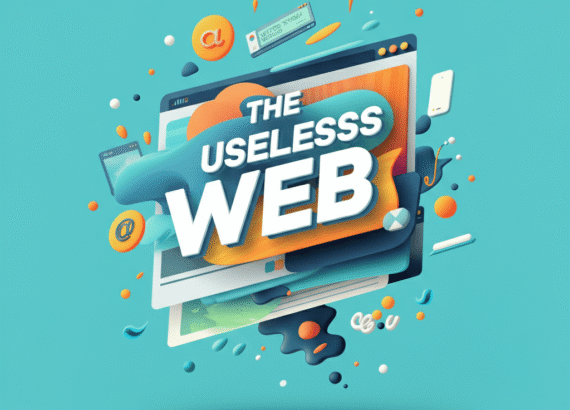A Step-by-Step Guide to Building Your First Website as a Fresher
Building your first website as a fresher can be an exciting and rewarding journey. In today’s digital age, having a solid online presence is crucial, whether you are showcasing your portfolio, promoting your business, or exploring new creative possibilities. However, diving into the world of web development can be overwhelming without proper guidance. This step-by-step guide aims to provide you with a clear roadmap to navigate the process of building your first website. From understanding the basics of web development to launching and continuously improving your site, this article will empower you to create an impressive online presence and kickstart your web development journey with confidence. Start building your website today!

1. Understanding the Basics of Web Development
What is Web Development?
Web development is like building a virtual house, but instead of bricks and mortar, you use code and technology to create websites. It involves designing, building, and maintaining websites to ensure they function smoothly and look great.
Essential Web Development Concepts
Before diving into the world of web development, it’s important to understand a few key concepts. HTML (Hypertext Markup Language) is the foundation of web pages and structures the content. CSS (Cascading Style Sheets) adds visual appeal by controlling the layout, colors, and fonts. JavaScript brings interactivity to the website, making it dynamic and engaging.

2. Defining Your Website’s Purpose and Target Audience
Identifying Your Website’s Goals
Ask yourself, “Why do I want to build this website?” Is it to showcase your portfolio, sell products, or provide information? Clearly defining your website’s goals will help guide your development process and ensure your website serves its purpose effectively.
Understanding Your Target Audience
Knowing your target audience is crucial. Who are they? What do they like? What problems do they face? Understanding your audience helps you tailor your website’s design and content to their preferences and needs. Remember, your website should be user-friendly and provide value to your visitors.

3. Planning and Designing Your Website Structure
Defining Your Website’s Information Architecture
Think of information architecture as the blueprint for your website. It involves organizing your content, determining the hierarchy of pages, and creating a logical navigation structure. A well-planned information architecture ensures visitors can easily find what they’re looking for.
Creating Wireframes and Mockups
Wireframes and mock-ups are like sketches of your website’s design. They help you visualize how different elements will be arranged on each page. Tools like Adobe XD, Figma, or even pen and paper can be used to create these initial designs. Play around with different layouts to find the one that works best for your website.

4. Choosing the Right Web Development Tools and Technologies
Overview of Popular Web Development Tools
There are a plethora of web development tools available, but don’t worry, you don’t need to learn them all. Some popular ones include text editors like Visual Studio Code and Sublime Text, version control systems like Git, and package managers like npm and Yarn. Research and experiment with different tools to find the ones that suit your workflow.
Evaluating and Selecting the Appropriate Technologies
Choosing the right technologies depends on the nature of your website. For static websites, HTML, CSS, and JavaScript are usually sufficient. If you need more complex functionality, you might consider frameworks like React or Angular. Research different technologies, read reviews, and consider the learning curve before making your decision.
Remember, building a website is an exciting journey. Embrace the process, learn from your mistakes, and don’t be afraid to seek help from the vast online community of developers. Happy coding!

5. Building Your Website’s Layout and User Interface
Alright, buckle up because it’s time to dive into the exciting world of website design. In this section, we’ll cover two essential aspects: HTML Markup and Document Structure, followed by CSS Styling and Layout.
HTML Markup and Document Structure
HTML might sound like a complicated acronym, but fear not, it stands for “Hypertext Markup Language.” Think of it as the building blocks of your website. HTML provides the structure and organization for your content.
To get started, you need to create a basic HTML skeleton for your page. This includes the , , and tags. Inside the tag, you’ll add elements like headings, paragraphs, images, and links to create your webpage’s content.
Remember, don’t go overboard with tags. Keep it clean and straightforward. Your future self will thank you when it’s time to make updates.
CSS Styling and Layout
Once you have your content laid out, it’s time to make it look good. That’s where CSS (Cascading Style Sheets) jumps into action. CSS adds colors, font styles, and positioning to your website, transforming it from plain to eye-catching.
Thank you for reading 🙂

If you want to build your website in an affordable price contact: www.nextr.in
Read this: 7 Common Misconceptions About Artificial Intelligence


















